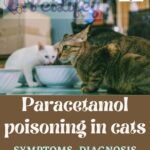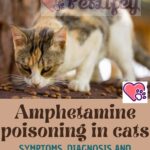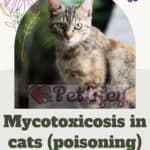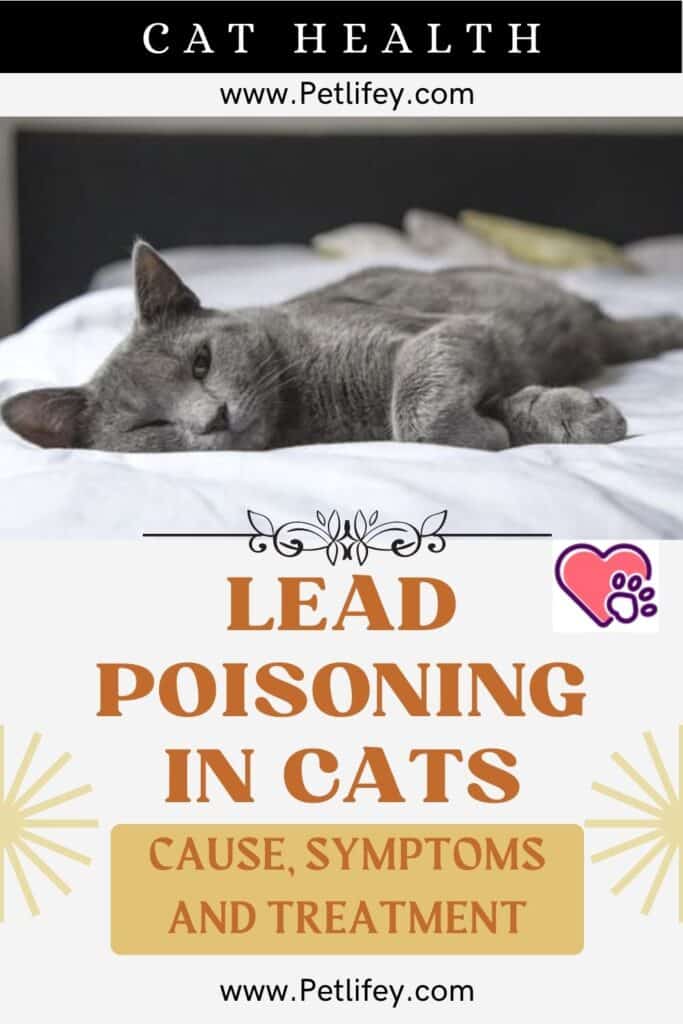
Lead poisoning in cats is rare but should be considered an emergency. Let’s see how to treat the cat affected by this dangerous condition.
Lead is a heavy metal whose chemical symbol is Pb: it is found both in the form of salts and in the metal form. Lead can be found in old paints or products used for decoupage or paint, in batteries, in oils used in gasoline engines. These and many others are the elements where there are toxic traces of lead to cause lead poisoning in cats.
Cause of lead poisoning in cats
The causes of lead poisoning can be several the most common sources are for example: lead contaminated water, lead contaminated soil, lead paint and dust or older homes and buildings are often potential sources of lead, the use of food contained in inadequately glazed ceramic; linoleum; contaminated foliage and many other objects.
Symptoms of lead poisoning in cats
Acute symptoms include vomiting and abdominal pain, resulting in diarrhea. Symptoms of lead poisoning in cats mainly affect the gastrointestinal system and the central nervous system.
The signs that the animal has been exposed to lead at term may therefore start as gastrointestinal problems, but will also evolve towards:
- loss of appetite in cats;
- weight loss;
- lethargy;
- unstable or uncoordinated movement;
- seizures in cats;
- changes in behavior, such as becoming depressed or aggressive;
- blindness.
Diagnosis and treatment
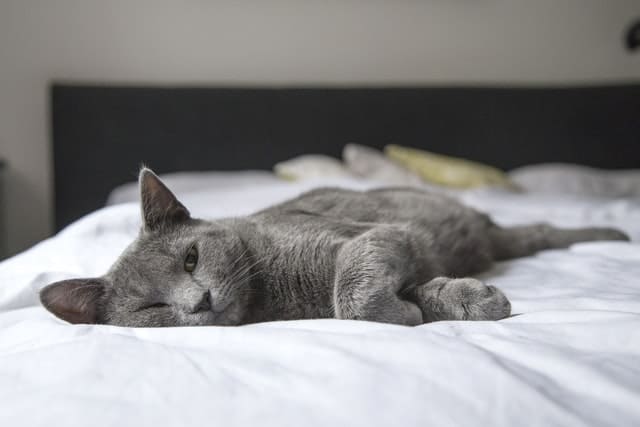
Generally a blood lead level above 0.25 ppm (or 25 mcg / dL) confirms a diagnosis of lead poisoning.
But to be able to determine an accurate diagnosis, the veterinarian will have to evaluate the concentrations of lead in the blood and possibly in some tissues, in order to also be able to rule out other diseases such as rabies, distemper and canine hepatitis, which can cause similar symptoms.
It will also be able to evaluate urinary lead levels and perform a histological examination of liver or kidney tissues. The treatment depends on whether the absorption of lead is due to the ingestion of an element known to us, the veterinarian will intervene surgically, resolving the problem in a clear way.
But if the origin of the poisoning is not known, then we will proceed with the use of dimercaprol, Ca EDTA, supplementation with zinc, broad spectrum antibiotics (lead causes immunosuppression) taking it orally or by injection which absorbs lead so that it can be expelled from the body.
But also a specific diet for the liver and hepatoprotectors to treat liver failure and cardio-respiratory stimulants where necessary. Other medications, such as anticonvulsants, may be needed to treat symptoms.
Everything will be evaluated according to the severity of the symptoms, which means that hospitalization may also be required. Even if the treatment is successful, there may be some permanent damage to the nervous system such as recurrent seizures or blindness.
In some cases it is possible that it may take several weeks of repeat therapy to remove enough lead to prevent relapse, even if all the lead has been removed from the cat’s body.
In order to ensure the health of our feline we can only prevent lead poisoning by making objects containing lead disappear or in any case keeping them out of reach of the cat.
Check for chipping, making sure the cat is not exposed to dust or debris that may have been forgotten after a habitat renovation.
In any case, since some substances containing lead are caustic and should not be vomited by the cat, as we could explain it cannot be solved only by inducing the animal to vomit, experts recommend contacting the veterinarian when should present this issue with your cat.


